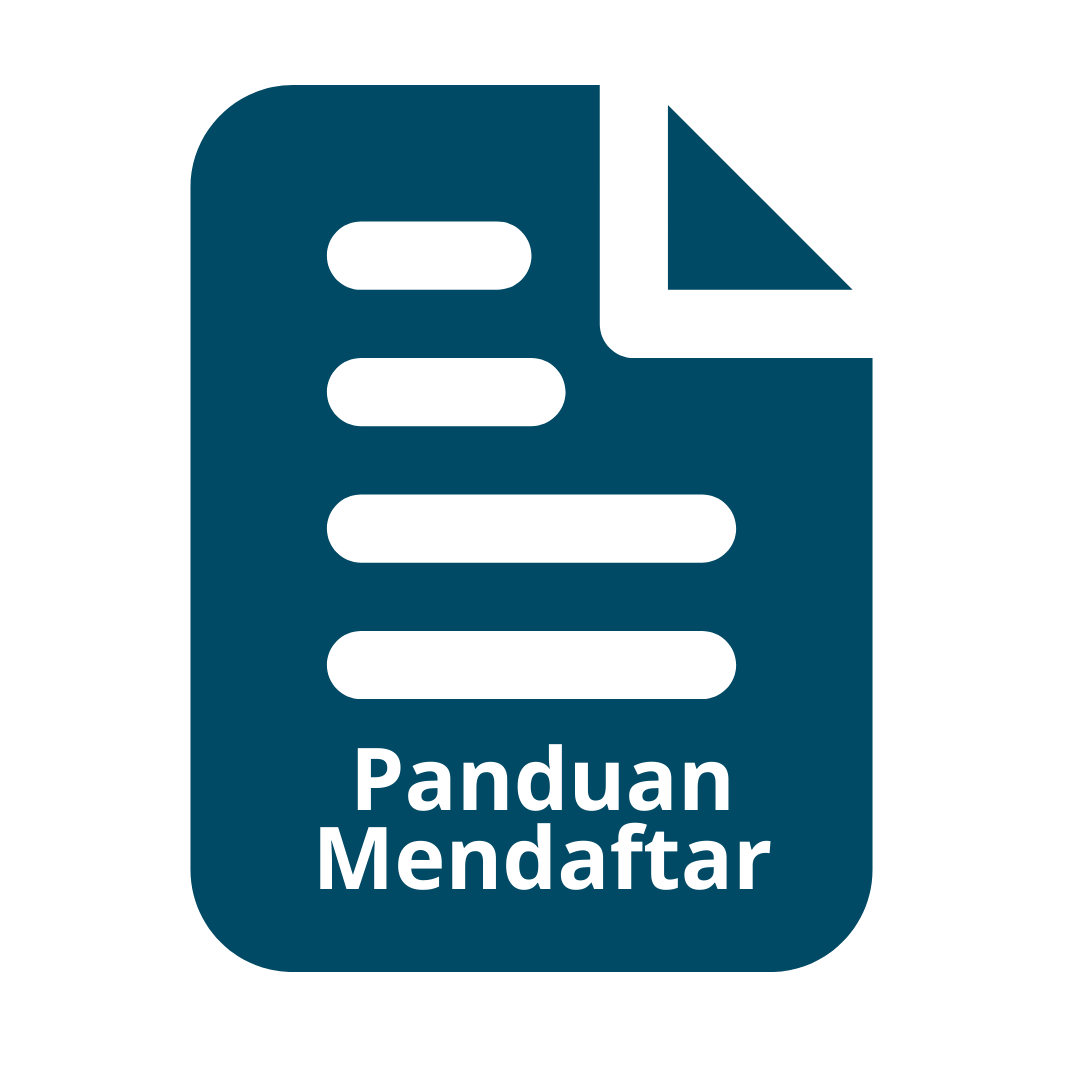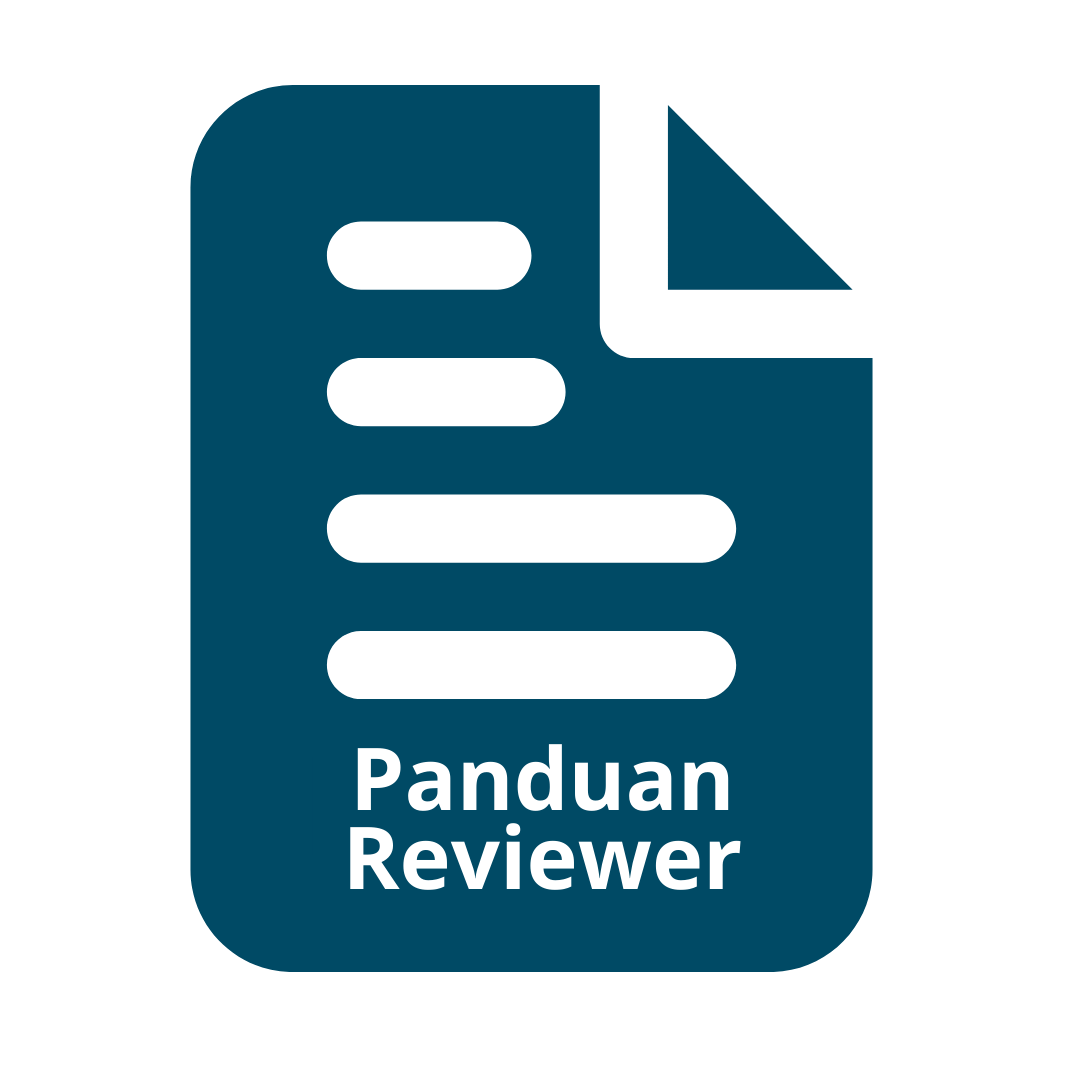EFFECTIVENESS OF ANTAGONISTIC FUNGI Gliocladium sp. AND Trichoderma harzianum TO CONTROL Colletotrichum spp. on chili (Capsicum annuum L.)
Abstract
The productivity of chili in terms of both quality and quantity is suppressed by the attacks of anthracnose disease caused by Colletotrichum spp. Pesticides is commonly used to control the disease. Researched was conducted to determine the antagonistic fungi and the effective dose in inhibiting the growth of the Colletotrichum spp. Antagonistic tests were performed in vivo using the direct method with three replicates. Inhibition test was arranged in a Complete Randomized Block Design (RCBD) with 7 treatments: Control, Gliocladium sp (150, 250, and 350 mL/plant) and T. harzianum (150, 250, and 350 mL/plant) with four replicates and three samples out of 20 plants per treatment. The results showed that the percentage of inhibition of T. harzianum against Colletotrichum sp. is 55% while Gliocladium sp. is 70.33% in antagonistic test. The mean of disease intensity at 11 up to 32 DAI on control is 5.61 ± 0.71% up to 20.30 ± 1.35 % respectively. It is significantly higher than Gliocladium sp. 350 mL/Plant (1.94 ± 0.45 % up to 11.15 ± 0.87 %), T. harzianum 350 mL/Plant (1.10 ± 0.58 % up to 8.68 ± 0.91 %), and T. harzianum 250 mL/Plant (2.28 ± 0.43 % up to 8.75 ± 0.79 %). No significant different is observed on mean of fresh weight of red chili fruit yield per plant. T. harzianum and Gliocladium sp. fungi are effective in controlling the attack of anthracnose disease in chili. The most efficient dose to control anthracnose disease is the application of T. Harzianum or Gliocladium sp at the dose of 250 mL/plant.
Key Words: Chilli, Anthracnose, Gliocladium, Trichoderma, Colletotrichum.
Keywords
Full Text:
PDFReferences
Baker KF dan RJ Cook. 1974. Biological Control of plant Patogents. W. H. Freeman and Company. San Fransisco. 433p.
González, I., Infante, D., Martínez, B., Arias, Y., González, N., Miranda, I, Peteira, B. 2012. Induction of chitinases and glucanases in Trichoderma spp. strains intended for biological control. Biotecnología Aplicada; 29:12-16
Hidayat, IM., Sulastrini, I., Kusandriani, Y., Permadi, AH. 2004. Lesio as a response component of 20 strains of varieties of chili against inoculation of Colletotrichum capsici and Colletotrichum gloeosporioides. Jurnal Hortikultura. 14(3):161- 162. In bahasa
Ismail, N., Tenrirawe, A. 2012. Potential of biological agents Trichoderma spp. as a biological control agent. In the regional seminar on agricultural technology innovation, supporting the agricultural development program of North Sulawesi province. In bahasa
Istokirini. 2008. Potential of endophytic fungi to control anthracnose disease in chili (Capsicum annum). Bogor. Bogor Agriculture Institute. In bahasa
Künzler, M. 2018. How fungi defend themselves against microbial competitors and animal predators. PLoS Pathog 14(9): e1007184.
Meena, M., Swapnil, P., Zehra, A., Dubey, MK., Upadhyay, RS. 2017. Antagonistic assessment of Trichoderma spp. by producing
volatile and non-volatile compounds against different fungal pathogens. Archives of Phytopathology and Plant Protection, 50:13-14, 629-648
Octaviani, ET., Achmad, Herliyana, EN. 2015. Potency of biological agent Trichoderma harzianum and Gliocladium sp. on pathogenic fungi Botryodiplodia sp. causes dieback disease of jabon (Anthocephalus cadamba (Roxb.) Miq.). Jurnal Silvikultur Tropika 06 (1): 27-32. In bahasa
Palupi, H., Yulianah, I., Respatijarti. 2015. Resistance test line of 14 chili (Capsicum annuum L.) To disease antrhacnose (Colletotrichum spp) and bacteria wilt (Ralstonia solanecearum). Jurnal Produksi Tanaman, 3(8): 640 – 648. In bahasa
Sudantha, IM., Isnaini, M., Astiko, W., Ernawati, NML. 2018. The influence of arbuscular mycorrhizal fungi and bioactivator (containing Trichoderma spp. fungi and legundi leaf extract) on fusarium wilt diseases and yield of onion. Crop Agro, 11 (2): 94-103. In bahasa
Supriati, L., Djaya. 2016. Anthracnose disease control in red chili plants using biological agents Trichoderma harzianum and actinomycetes. Jurnal Agri Peat, 16 (1): 20-26. In bahasa
Wilia, W., Widodo, Wiyono, S. 2012. Yeast Potential for Controlling Anthracnose (Colletotrichum acutatum L.) in chilli plants. Universitas Jambi, 1 (4): 291– 298. In bahasa
DOI: https://doi.org/10.31315/agrivet.v26i1.4306
DOI (PDF): https://doi.org/10.31315/agrivet.v26i1.4306.g3209
Refbacks
- There are currently no refbacks.
Indexed by:









